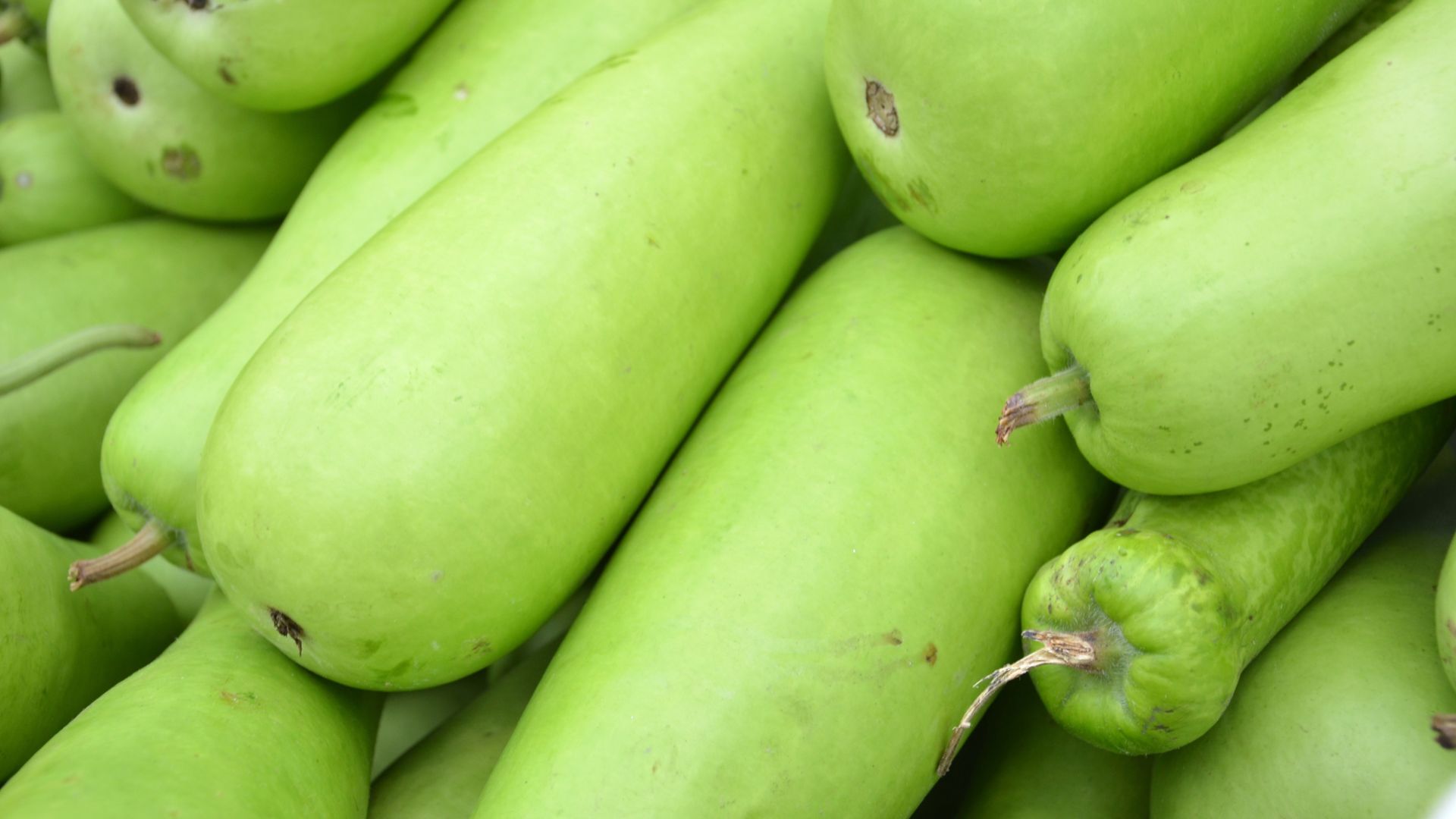Woman gets rare case of 'toxic squash syndrome' after drinking bitter gourd juice
A woman was poisoned when she drank bitter gourd juice.

Minutes after drinking a bitter juice made from a pureed gourd, a woman went into shock, a life-threatening condition where blood flow in the body plummets and organs can be injured from lack of oxygen.
She told emergency room doctors that she'd consumed the same type of gourd daily for many years, but on this occasion, "it tasted abnormally bitter." That vile taste may explain why she developed "toxic squash syndrome," a rare condition that arises from eating toxic substances sometimes found in squashes and gourds.
Doctors described the 64-year-old woman's case in a report published earlier this year in the Canadian Journal of Emergency Medicine. To their knowledge, hers was the first poisoning of its kind reported in Canada, although similar cases have been reported in other countries.
The woman developed symptoms of weakness, nausea, vomiting, diarrhea and lower abdominal pain within minutes of drinking two glasses of pureed bottle gourd (Lagenaria siceraria), a light-green fruit also known as calabash, opo squash or lauki. The plant is a "cucurbit," meaning it belongs to the Cucurbitaceae family — which includes cucumbers, pumpkins, watermelon and zucchini — and it usually tastes like a mild squash.
Related: Poisoned by bitter squash, two women lose their hair
However, all cucurbits naturally produce bitter-tasting chemicals called cucurbitacins, which can have toxic effects if consumed in large enough quantities, according to the University of Nebraska-Lincoln. Domesticated varieties of these plants have been bred to contain only trace levels of cucurbitacins, but on rare occasions, the fruits can still accumulate high concentrations of the chemicals as they ripen.
After the woman drank the unusually bitter bottle gourd juice, her heart rate shot up, her breathing rate quickened, and her blood pressure skyrocketed and then fell too low. The medical team found they could bring her blood pressure back to normal by delivering fluid into her veins, but the patient continued to have episodes of too-low blood pressure over her hospital stay.
Sign up for the Live Science daily newsletter now
Get the world’s most fascinating discoveries delivered straight to your inbox.
The patient's initial symptom of diarrhea continued in the hospital, and an examination of her digestive tract revealed signs of hemorrhagic gastritis, a condition in which the mucous membrane lining the digestive tract becomes disrupted and inflammation and bleeding ensue. The patient also vomited blood several times.
There is no known antidote for bottle gourd poisoning, so for five days, the woman received supportive treatment in the intensive care unit to ease her symptoms. After the five days, her symptoms resolved and she was discharged. Two weeks after her hospital admission, during a follow-up, the patient reported that she'd suddenly lost hair. Such delayed-onset hair loss has also been reported in other bitter bottle gourd poisoning cases.
In laboratory studies, cucurbitacins interfere with vital cell signaling and are associated with cell death, according to a 2011 report in the Indian Journal of Gastroenterology. In mice, one compound, called "cucurbitacin D," causes the rodents' blood vessels to become more permeable, leading their blood pressure to fall and fluid to accumulate in their chests and abdominal cavities.
The toxic effects of cucurbitacins on humans are not fully understood, but evidence suggests that the toxins rapidly kill cells, particularly in the lining of the digestive tract and other mucous membranes in the body, the case report authors wrote.
"As seen with this case, the onset of toxicity can be abrupt and profound," they wrote. "Emergency providers should be aware of this rare cause of toxin-mediated shock while focusing on the initial resuscitation of critically unwell patients following a recent ingestion of plant material from the Cucurbitacae family."

Nicoletta Lanese is the health channel editor at Live Science and was previously a news editor and staff writer at the site. She holds a graduate certificate in science communication from UC Santa Cruz and degrees in neuroscience and dance from the University of Florida. Her work has appeared in The Scientist, Science News, the Mercury News, Mongabay and Stanford Medicine Magazine, among other outlets. Based in NYC, she also remains heavily involved in dance and performs in local choreographers' work.
What are mRNA vaccines, and how do they work?
Deadly motor-neuron disease treated in the womb in world 1st









